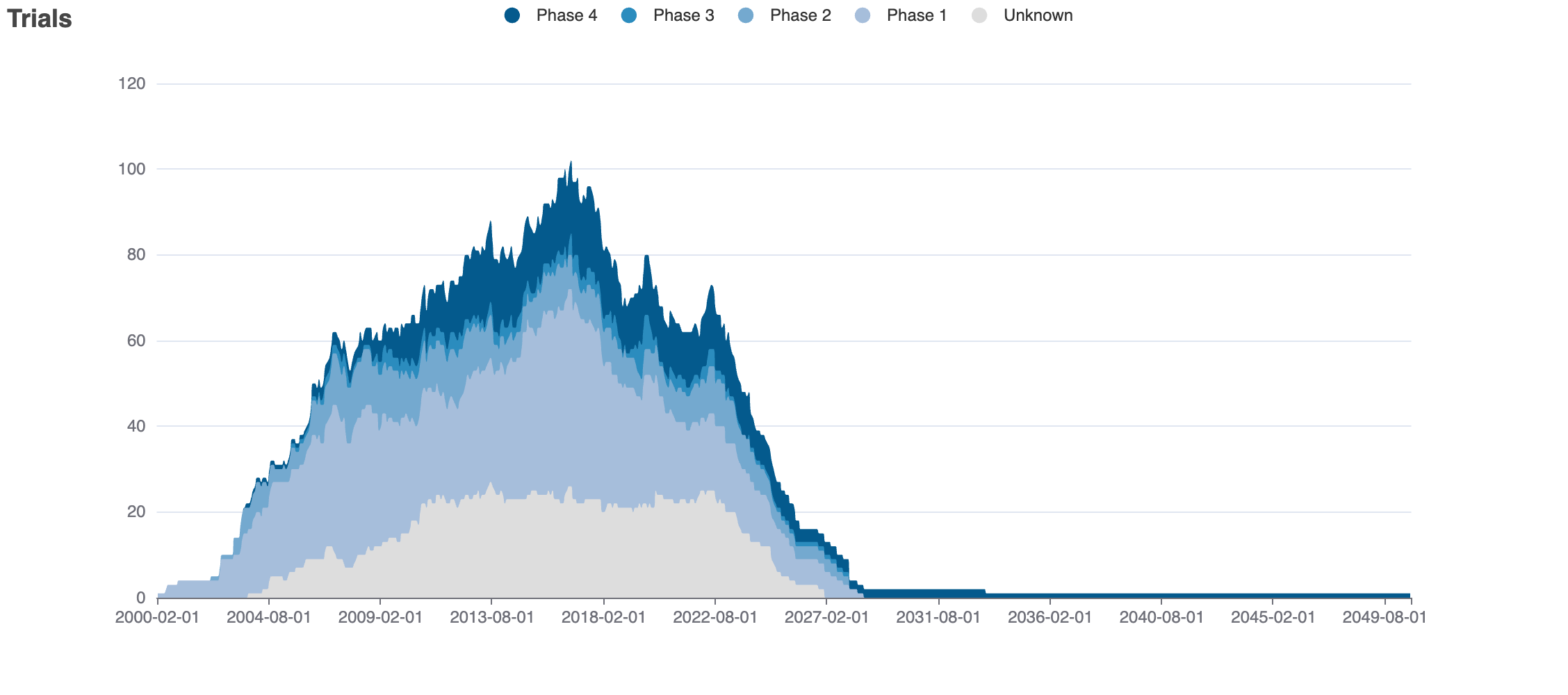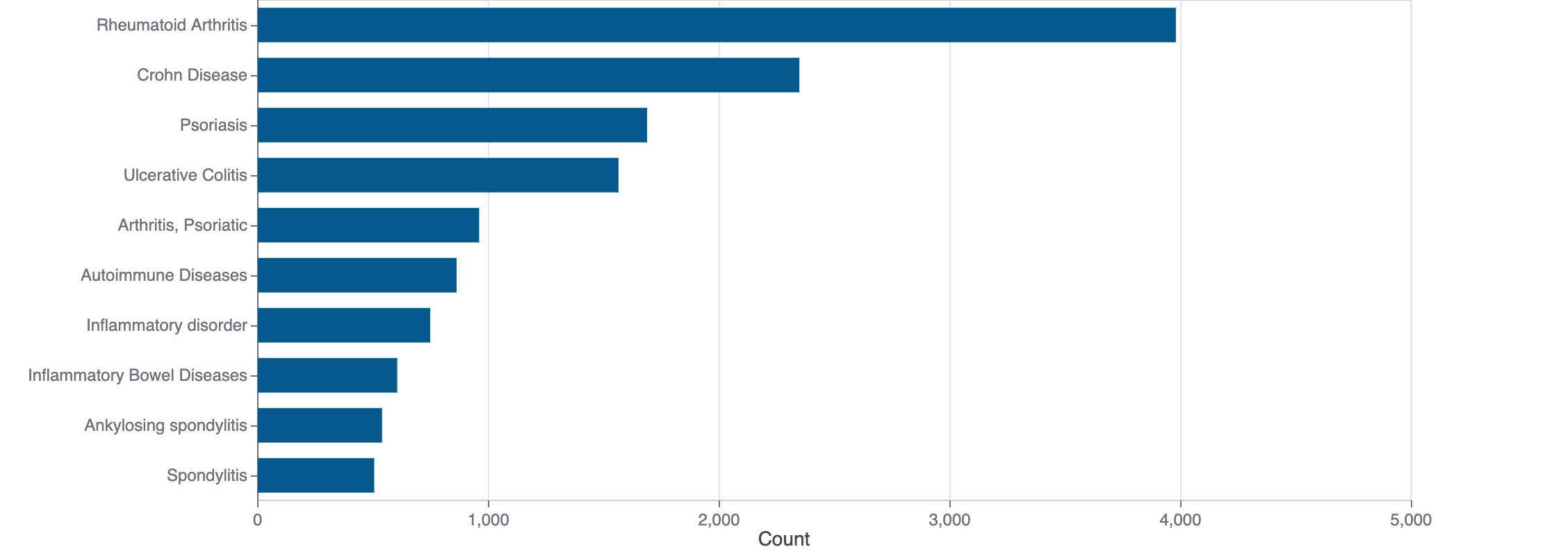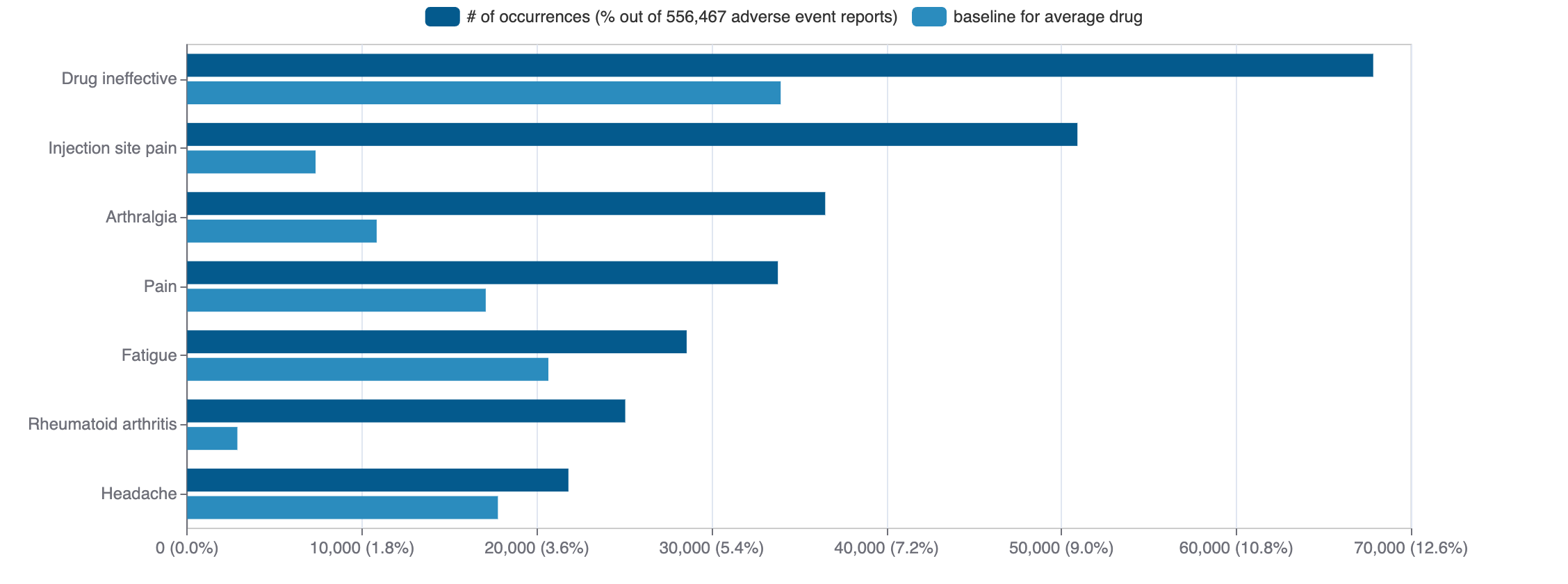SAPITINIB
Sapitinib is a small molecule pharmaceutical. It is currently being investigated in clinical studies. The pharmaceutical is active against receptor tyrosine-protein kinase erbB-3, receptor tyrosine-protein kinase erbB-2, and epidermal growth factor receptor.
Download report
Favorite
Events Timeline
Commercial
Clinical
Drug
Target
Variants
Financial
Trends
Safety
Events Timeline
5D
1M
3M
6M
YTD
1Y
2Y
5Y
Max
Events
FDA approval date
EMA approval date
Patent expiration date
Study first post date
Last update post date
Start date
Primary completion date
Completion date
Results first post date

Mock data
Subscribe for the real data
Subscribe for the real data
Commercial
No data
Clinical
Clinical Trials
12 clinical trials
View more details

Mock data
Subscribe for the real data
Subscribe for the real data
Indications Phases 4
No data
Indications Phases 3
No data
Indications Phases 2
Indication | MeSH | Ontology | ICD-10 | Ph 1 | Ph 2 | Ph 3 | Ph 4 | Other | Total |
|---|---|---|---|---|---|---|---|---|---|
| Breast neoplasms | D001943 | EFO_0003869 | C50 | 3 | 3 | — | — | — | 5 |
| Neoplasms | D009369 | — | C80 | 3 | 3 | — | — | — | 5 |
| Neoplasm metastasis | D009362 | EFO_0009708 | — | 2 | 2 | — | — | — | 3 |
| Non-small-cell lung carcinoma | D002289 | — | — | — | 1 | — | — | — | 1 |
| Lung neoplasms | D008175 | — | C34.90 | — | 1 | — | — | — | 1 |
| Colorectal neoplasms | D015179 | — | — | — | 1 | — | — | — | 1 |
Indications Phases 1
Indication | MeSH | Ontology | ICD-10 | Ph 1 | Ph 2 | Ph 3 | Ph 4 | Other | Total |
|---|---|---|---|---|---|---|---|---|---|
| Healthy volunteers/patients | — | — | — | 3 | — | — | — | — | 3 |
Indications Without Phase
No data
Epidemiology
Epidemiological information for investigational and approved indications
View more details
Drug
General
| Drug common name | SAPITINIB |
| INN | sapitinib |
| Description | Sapitinib is a member of the class of quinazolines that is 4-amino-7-methoxyquinazoline in which the amino group has been substituted by a 3-chloro-2-fluorophenyl group and in which position 6 of the quinoline ring has been substituted by a {1-[2-(methylamino)-2-oxoethyl]piperidin-4-yl}oxy group. Sapitinib is a dual tyrosine kinase inhibitor (TKI) of epithelial growth factor receptors (EGFR) HER2 and HER3. It has a role as an epidermal growth factor receptor antagonist and an EC 2.7.10.1 (receptor protein-tyrosine kinase) inhibitor. It is a member of quinazolines, a member of piperidines, a member of monofluorobenzenes, a member of monochlorobenzenes, an aromatic ether, a secondary amino compound and a tertiary amino compound. |
| Classification | Small molecule |
| Drug class | tyrosine kinase inhibitors |
| Image (chem structure or protein) |  |
| Structure (InChI/SMILES or Protein Sequence) | CNC(=O)CN1CCC(Oc2cc3c(Nc4cccc(Cl)c4F)ncnc3cc2OC)CC1 |
Identifiers
| PDB | — |
| CAS-ID | 848942-61-0 |
| RxCUI | — |
| ChEMBL ID | CHEMBL2408045 |
| ChEBI ID | — |
| PubChem CID | — |
| DrugBank | — |
| UNII ID | 3499328002 (ChemIDplus, GSRS) |
Target
Agency Approved
ERBB3
ERBB3
ERBB2
ERBB2
EGFR
EGFR
Organism
Homo sapiens
Gene name
ERBB3
Gene synonyms
HER3
NCBI Gene ID
Protein name
receptor tyrosine-protein kinase erbB-3
Protein synonyms
human epidermal growth factor receptor 3, Proto-oncogene-like protein c-ErbB-3, Tyrosine kinase-type cell surface receptor HER3, v-erb-b2 avian erythroblastic leukemia viral oncogene homolog 3
Uniprot ID
Mouse ortholog
Erbb3 (13867)
receptor tyrosine-protein kinase erbB-3 (Q8K317)
Alternate
No data
Variants
No data
Financial
No data
Trends
PubMed Central
Top Terms for Disease or Syndrome:

Mock data
Subscribe for the real data
Subscribe for the real data
Additional graphs summarizing 523 documents
View more details
Safety
Black-box Warning
No Black-box warning
Adverse Events
© 2020-2025 Collaborative Drug Discovery Inc. (CDD) | Terms of Use
